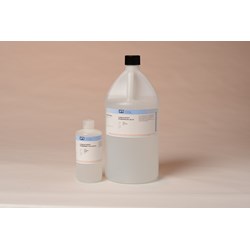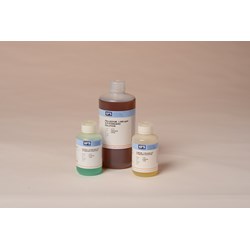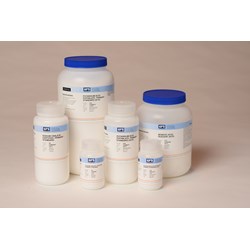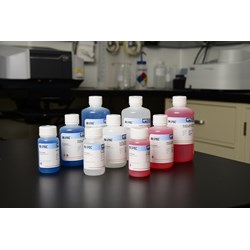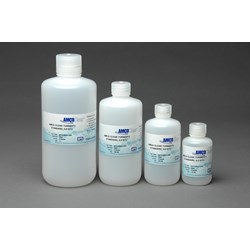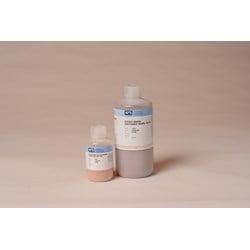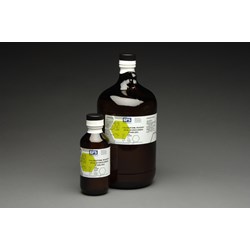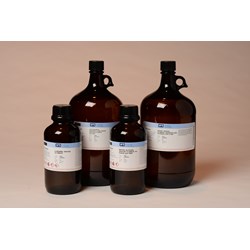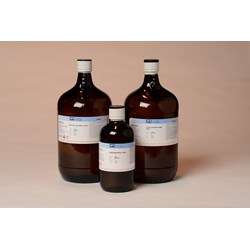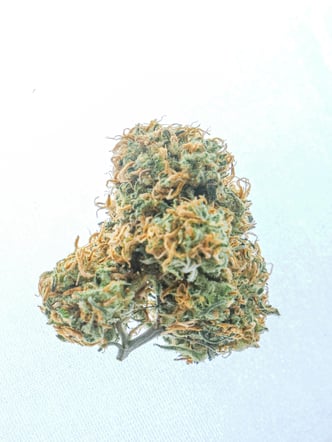
Cannabis is quickly burgeoning into a profitable industry as 36 states and the District of Columbia have now legalized cannabis for medicinal and recreational use. State laws require analytical testing be performed for phytoconstituents (e.g. cannabinoids and terpenes) to ensure correct dosing and potency for patients. As laws continually change in the U.S., standardization of potency testing will be necessary to prevent unwanted side effects and ensure product safety.
Cannabinoids are the active chemical ingredients produced by the cannabis plant that affect movement, mood, memory, pain sensation, and appetite. Terpenes are aromatic oils that add to the “flavor profile” of a strain in addition to therapeutic benefits for inflammation, anxiety, and more. While research has shown that combining cannabinoids and terpenes are more effective than alone, optimal amounts will vary from patient to patient. As patients navigate which products aid them best, it becomes critical to accurately assess each strain’s chemical profile.
|
High-Performance Liquid Chromatography (HPLC) Chemical Checklist |
|
□ HPLC grade water (#1963) |
|
□ Solvent A: HPLC grade water (#1963) 0.1% formic acid (#1262, #5614) 8 mM ammonium formate (#5850) |
|
□ Solvent B: 0.1% formic acid (#1262) Acetonitrile (#2482) |
|
□ HPLC grade methanol (#2483) |
High-Performance Liquid Chromatography (HPLC) is the method of choice for testing cannabis edibles and extracts for cannabinoids because it does not require a catalyst and is performed at room temperature. It also tests for acidic components such as Cannabidivarin (CBDV), Cannabigerolic Acid (CBGA), THC Acid (THCA), and CBD Acid (CBDA) which cannot be tested by gas chromatography due to the high temperatures required for this analytical technique. HPLC utilizes an affinity-based column to separate compounds, such as cannabinoids and terpenes, before analyzing them by ultraviolet (UV) spectroscopy. UV spectroscopy measures the analytical composition of each compound using UV light. As the separated sample flows between a light source and detector, the amount of light passing through the sample is quantified. HPLC also provides a qualitative view of the products and ensures reliable labeling.
Sample preparation varies depending on the sample type and analytical instrumentation necessary. In a potency analysis application note by Scion Instruments, cannabis oil is diluted with only methanol, while medical marijuana requires more rigorous preparation- drying, grinding, ultra-sonification, evaporation, and reconstitution. Their findings validate that HPLC methods are capable of qualitative and quantitative potency analysis of acidic components.
Gas Chromatography (GC) is recommended for the analysis of terpenes due to their non-acidic nature and inherent volatility. Furthermore, the use of the HPLC method for terpene analysis risks interference or coelution with cannabinoids, which obfuscates results. Using a full evaporation technique (FET), terpenes are vaporized directly from ground cannabis into a headspace (HS) component attached to the GC and detected by a single-quadrupole mass spectrometer (MS) or a flame ionization detector (FID).
Potency testing plays a crucial role in the cannabis industry, and HPLC and GC are indispensable analytical tools for accurately determining the chemical composition and potency of cannabis and hemp products to ensure consumer safety, product quality, and regulatory compliance. These testing methods provide reliable information to aid consumers, regulators, and producers in navigating the rapidly evolving cannabis market with confidence. By promoting transparency, standardization, and accountability, potency testing contributes to the responsible and sustainable growth of the cannabis industry while safeguarding the well-being of consumers.
GFS Chemicals wants to support your cannabis analytical testing so we can ensure products are safe for patients. Please reach out at 800-858-9682 and ask for one of our technical specialists to get started.
References:
- Foss J, Weisenseel J. Application Brief. PerkinElmer.
- Franklin E, Wilcox M. Terpenes & Testing. Regis Technologies.
- Harris, D. Cannabinoids 101. CNBS: The definitive online cannabis resource
- Honnold R, Kubas R, and Macherone A. Application Note. Agilent Technologies.
- Reyes-Garces N, Myers C. JSSCCJ 44 (13) 2021. 2564-2576.
- Cannabis Potency Analysis by HPLC. Scion Instruments.
APPLICATION NOTE: Cannabis Potency Analysis by HPLC - SCION Instruments



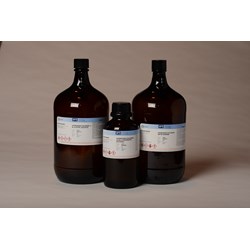


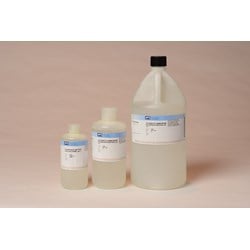
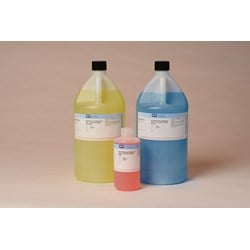
.jpg)
.jpg)

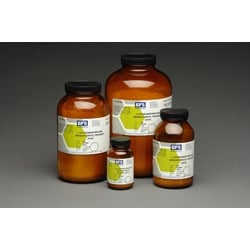
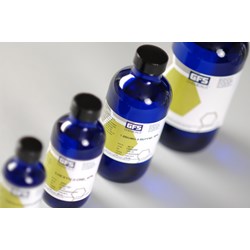
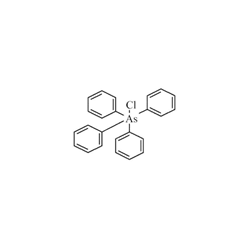
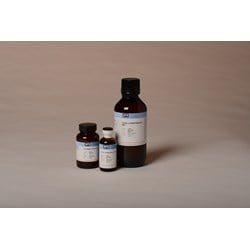
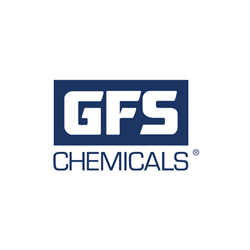
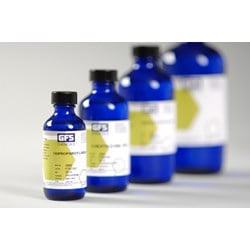
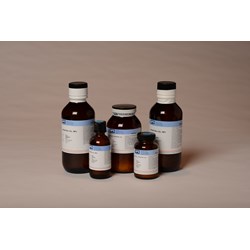

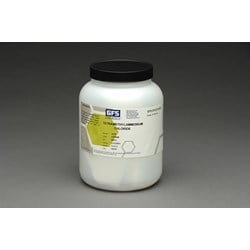

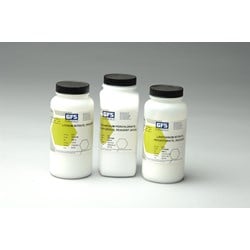

.jpg)
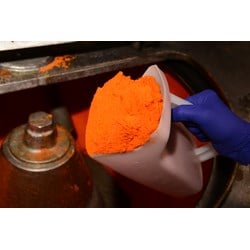
.jpg)
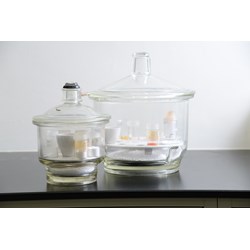
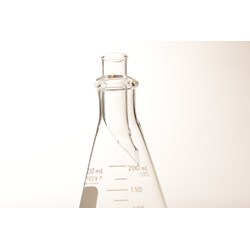

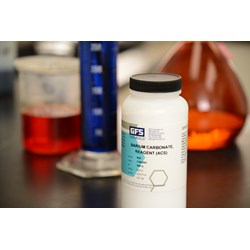
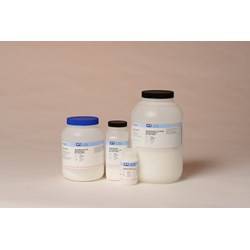
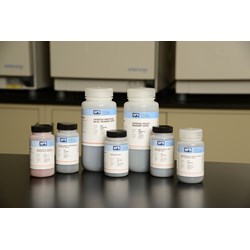

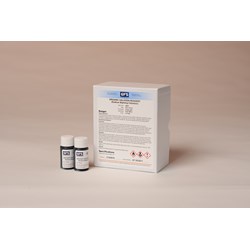
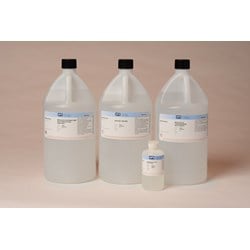
.jpg)
.jpg)
